Bringing your baby home
Congratulations on the birth of your baby! On this page you will find information to help you prepare for the first few days at home and beyond.
Find information to help you prepare for the first few days at home with your new baby and beyond.
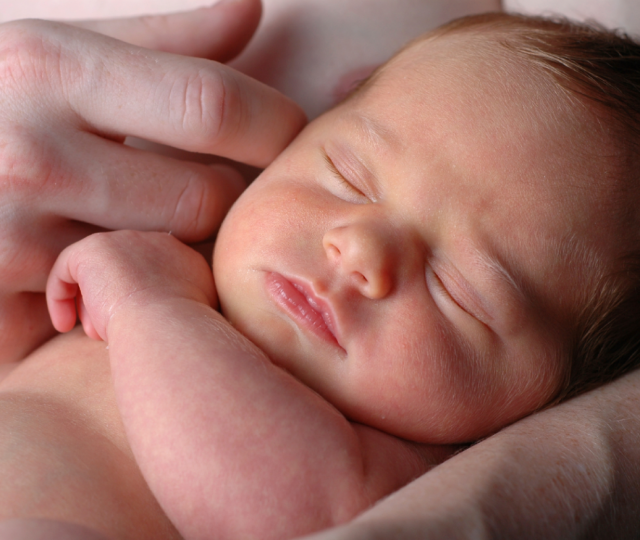
Congratulations on the birth of your baby! On this page you will find information to help you prepare for the first few days at home and beyond.
A public health nurse will call you after you come home from the hospital. The nurse will check how you and your baby are doing and answer any questions that you may have. Read our Public Health Maternity Services brochure to learn more,
We have put together some information in a New Baby Package that we hope you will find helpful as a new parent. You will be offered this package when your public health nurse contacts you. You can choose to receive the New Baby Package in person if a home or clinic visit is planned, by mail or electronically.
If you have any concerns before the Public Health Nurse calls, you can call your Doctor, Midwife or HealthLinkBC at 8-1-1.
Contents of the new baby package:
Other resources:
Having a baby comes with paperwork! Read Important paperwork for newborns | HealthLink BC for information on birth registration, medical benefits and child tax benefits.
There are new demands on mothers and partners when baby comes home. It is easy to forget about taking care of you. You will be operating on much less sleep as the baby will be up many times throughout the night to feed, diaper, burp or just cry. Take a moment every day to take care of yourself.
You may find it helpful to create a postpartum support guide that matches your values and your individual situation.
Learn more about Postpartum: First 6 Weeks After Childbirth | HealthLink BC.
It’s normal for new mothers to have lots of different feelings and emotions. This can include baby blues, depression and anxiety.
Dads and partners can experience these feelings, too.
This is the start of your journey in your relationship as parents. Bringing home a baby involves physical and emotional adjustments that can also change your relationship with your partner.
Siblings may react to bringing home a new baby. Some may love the baby and others may be angry. Younger children may go back to acting like babies themselves while older siblings may feel jealous.
Learn more: Preparing siblings for meeting your new baby | HealthLink BC
Pets are a member of the family and will take time to adjust to the arrival of your baby. It’s recommended that you do not get a new pet right before your baby comes home.
If you already have a pet, see Child Safety: Pets | HealthLink BC.
All babies cry, but vary in how much, how long and what soothes those tears.
Learn more about soothing strategies for crying and essentials on preventing shaken baby syndrome
Your baby is counting on you for a safe trip home from the hospital and a safe place to sleep once there.
For every ride or trip, secure your child into a properly installed car seat that meets all Canadian Motor Vehicle Safety Standards.
Make every sleep a safer sleep for your baby! Choose sleeping arrangements that will give your baby the safest sleep possible. Learn more about creating a Safer Sleep Plan (available in eight languages).
It is important for your baby’s development to have some time on their tummy or side when they are awake. Start when your baby is a newborn and choose a safe surface either on the floor or on your lap or chest.
Tummy time will help prevent Positional Plagiocephaly (Flattened Head) | HealthLink BC that can occur from how the baby was positioned in the uterus, the birth process or by the baby’s sleep position.
Read more on the Importance of tummy time for babies' development | HealthLink BC, teaching your baby to enjoy tummy time and understanding flat spots on babies’ heads.
Your milk is the only food that your baby needs for the first six months. It is recommended that breastfeeding continue for two years of more, with the addition of a variety of age-appropriate food starting at six months of age.
If it is not possible to give your baby your milk, try pasteurized donor human milk (if available) or store bought formula. A prescription from a doctor or midwife is required for donor milk. For more information about donor milk or becoming a donor, visit the BC Women’s Milk Bank website.
Cleaning your baby’s mouth starts from birth. Mouth care is best done when your baby is laying down. Position your baby so their head is stable, and you can see into their mouth. Use a clean, wet, soft washcloth to gently wipe baby’s gums and mouth at least once a day.
When cleaning your baby’s mouth, check the gums, tongue and back of mouth. Checking inside your baby’s mouth gets you and baby comfortable with providing mouth care and can help spot any changes.
Your baby’s first teeth commonly appear around six months of age but can also appear at an earlier age. Providing daily mouth care supports an easy change to brushing when the first tooth appears.
At birth, your baby doesn’t have the bacteria that causes tooth cavities. You can pass cavity-causing bacteria on to your baby. Take good care of your own teeth and avoid putting anything in your mouth before giving it to your baby.
Learn more about early childhood dental development.
Protect yourself and your family from the toxic chemicals in tobacco smoke and vapour by keeping your home and vehicle smoke and vapour-free. It’s against the B.C. Motor Vehicle Act to smoke or use vapour products in a vehicle with a child under 16.
Babies breathe faster and have less developed immune systems than adults, so they are more affected by tobacco smoke and vapour. Babies are more likely to have:
For more information, see the Babies Need Breathing Space brochure and Safe Sleep for Your Baby.
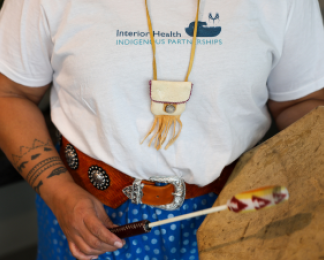

In the 5 years since the In Plain Sight report was released, we’ve made strides towards being a culturally safe organization—but there’s more work to do.
/stories/ihs-fifth-plain-sight-response-supports-reconciliation


Inspired by her aunt’s career as a pharmacist, Angela became a pharmacy technician to use the hands-on aspect of compounding to benefit patient care.
/stories/we-are-ih-pharmacy-tech-enjoys-problem-solving-patients
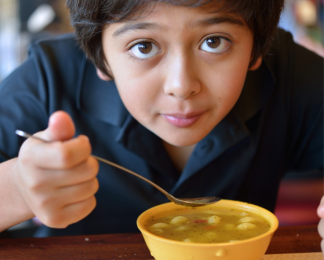
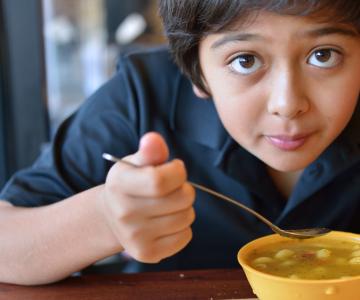
Souper Meals brings students together once a week over locally made soup, fresh fruit, veggies and buns, all free of charge.
/stories/more-soup-benefits-universal-school-lunch-program


With decades of experience rooted in compassion and commitment to children’s health, Dr. Jeff Wong is carving a path for pediatric care at Kelowna Hospital.
/stories/dr-jeff-wong-leads-kelowna-pediatric-department-forward

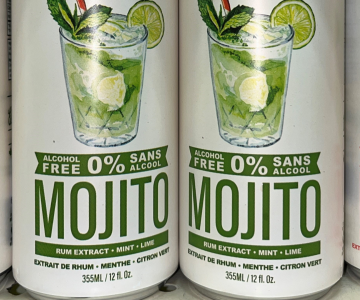
The holidays season offers opportunities to drink alcohol, and it can be easy to overindulge. Get tips on how you can drink less - and live more.
/stories/holiday-spirit-tips-drinking-moderation-season
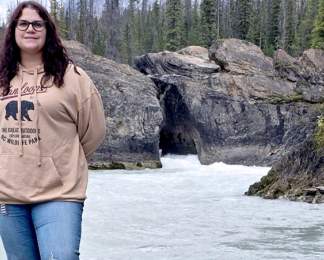
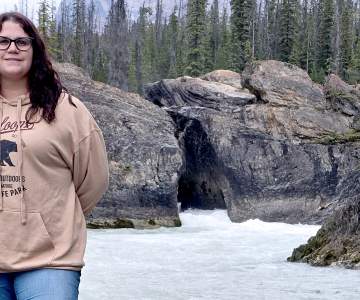
With the support of her mentors and coworkers, Niomi Wright found her true health-care calling as a care aide at Mountain View Lodge in Lillooet.
/stories/we-are-ih-care-aide-recognizes-value-mentors-and-colleagues
Receive news, alerts, public service announcements and articles right to your inbox.
